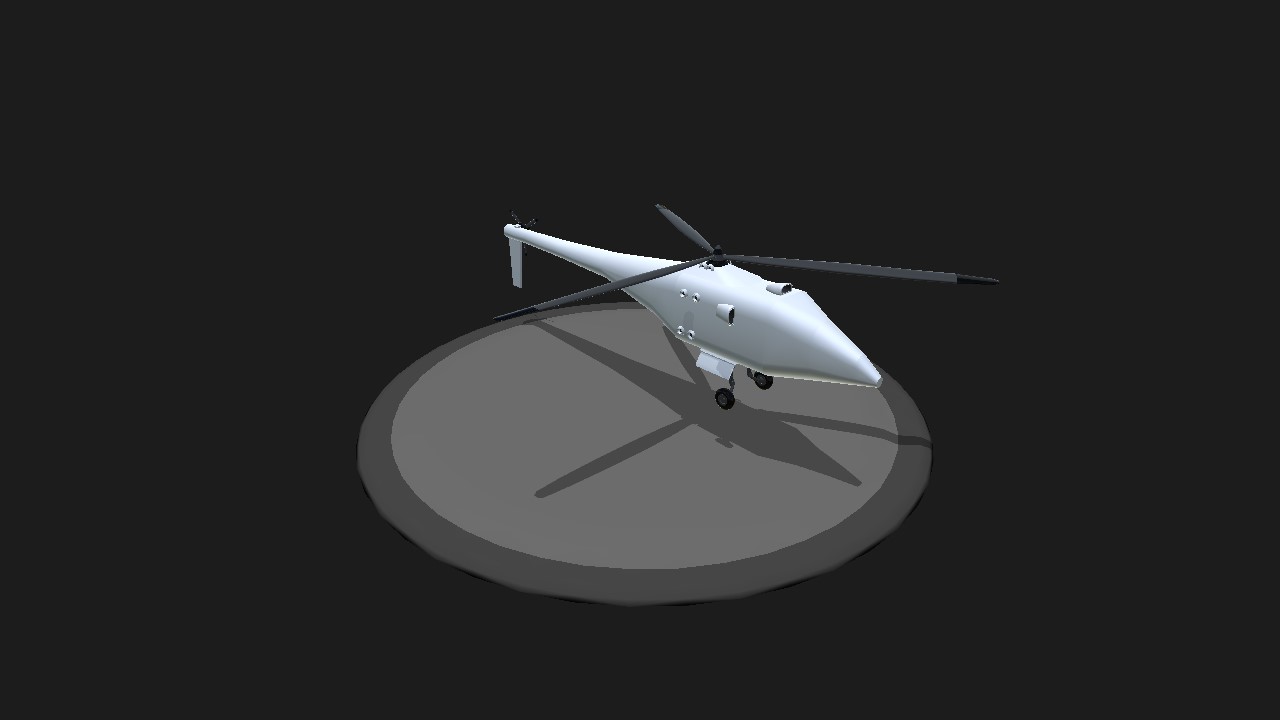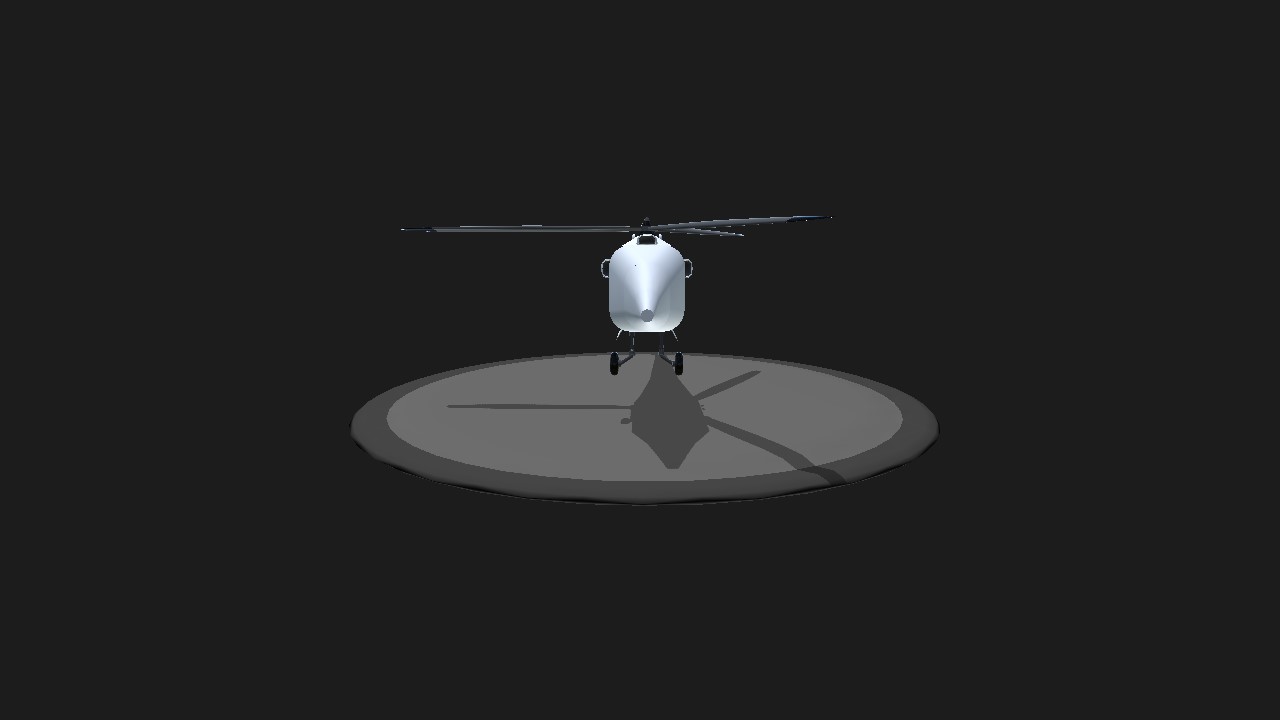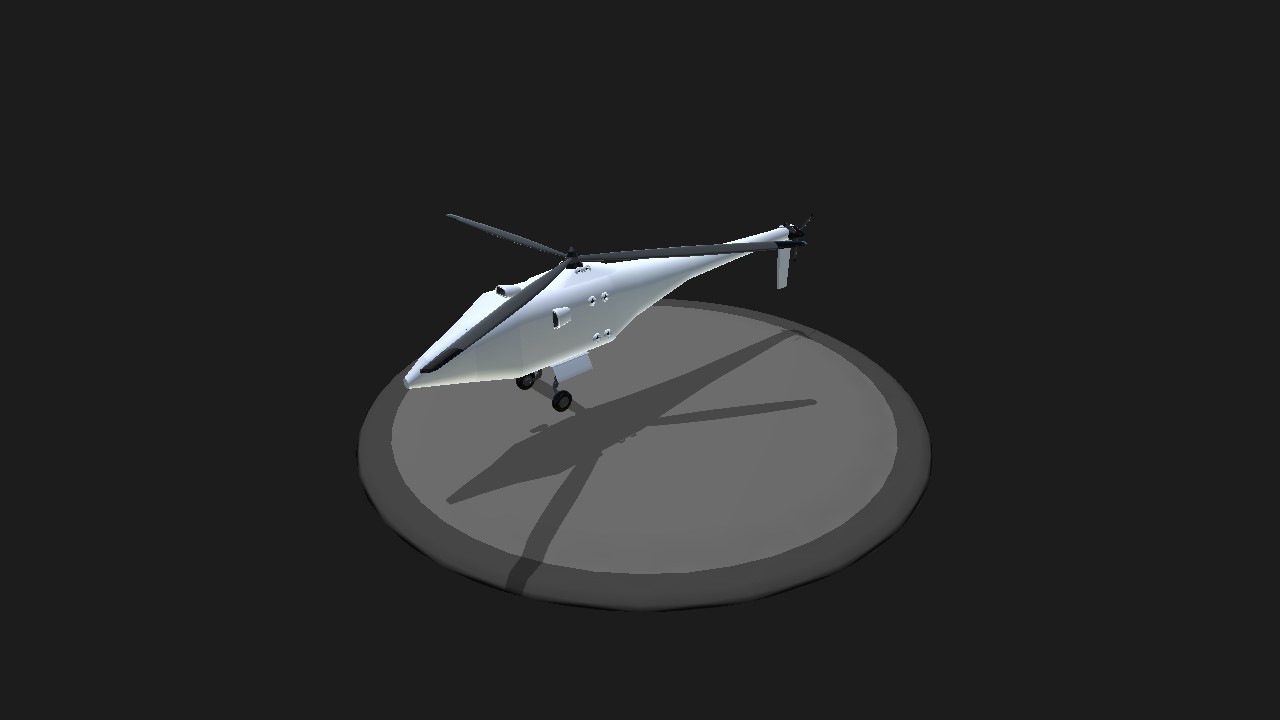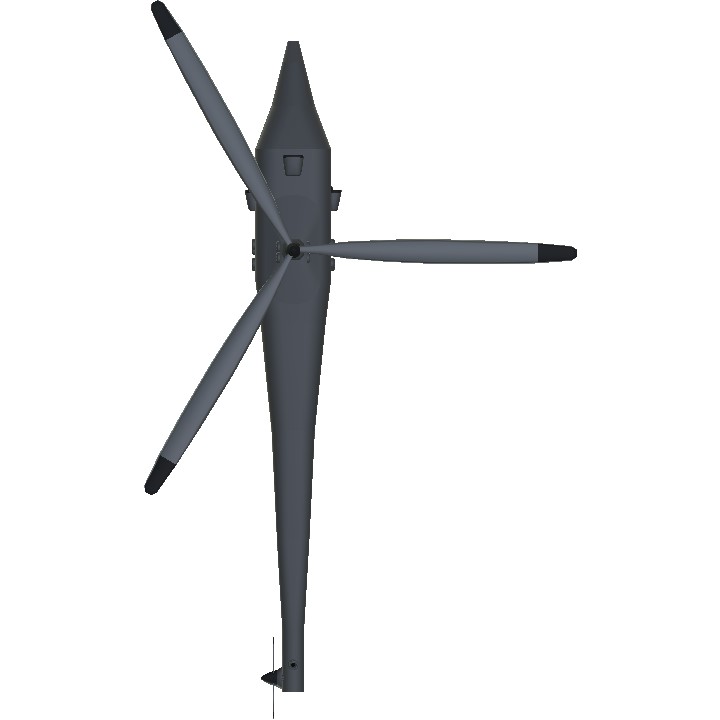The Boeing A160 Hummingbird (military designation: YMQ-18A) is an unmanned aerial vehicle (UAV) helicopter. Its design incorporates many new technologies never before used in helicopters, allowing for greater endurance and altitude than any helicopter currently in operation.
The development of Hummingbird was begun for DARPA by Frontier Aircraft in 1998. From 2003 both the US Army and the US Navy also shared in funding the project. In May 2004, the company was acquired by Boeing and became integrated into Boeing Phantom Works and then into the Advanced Systems group of Boeing Integrated Defense Systems.[1] Early A160s were powered by modified Subaru automotive engines, but newer versions use Pratt & Whitney PW207D turboshaft engines.[2]
The A160 continued with developmental flight tests in 2010, but test flights had already demonstrated greater endurance, higher altitudes, more extensive autonomy, and greater payload.[compared to?] The program had ambitious goals of a 2,500-mile (4,000 km) range, 24-hour endurance, and 30,000 ft (9,100 m) altitude. Flights were largely autonomous, with the aircraft making its own decisions about how to fly itself so as to meet certain objectives, rather than relying on real-time human control. The A160 achieved maximum speeds of over 140 knots, though endurance and altitude were its goals, not speed. The aircraft measures 35 ft (11 m) from nose to tail and has a rotor diameter of 36 ft (11 m).[3]
The project was abandoned by the US Army in December 2012.
Specifications
General Characteristics
- Predecessor Mil Mi-1 'Hare'
- Created On Mac
- Wingspan 32.7ft (10.0m)
- Length 54.4ft (16.6m)
- Height 12.7ft (3.9m)
- Empty Weight 6,095lbs (2,765kg)
- Loaded Weight 14,835lbs (6,729kg)
Performance
- Power/Weight Ratio 0.908
- Horse Power/Weight Ratio 0.134
- Wing Loading 1,102.6lbs/ft2 (5,383.5kg/m2)
- Wing Area 13.5ft2 (1.3m2)
- Drag Points 3145
Parts
- Number of Parts 69
- Control Surfaces 0
- Performance Cost 380







please stop! there are kids on this site and i do the stats ok!
Again with the long f#ucking descriptions